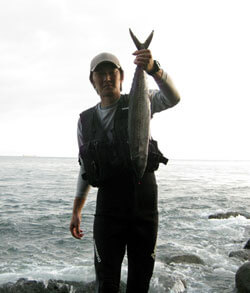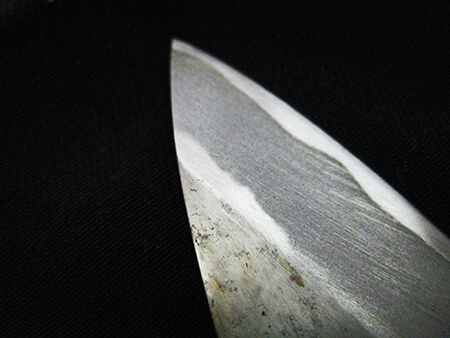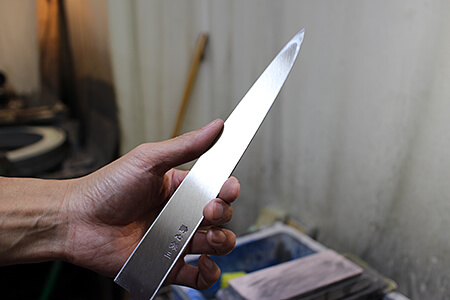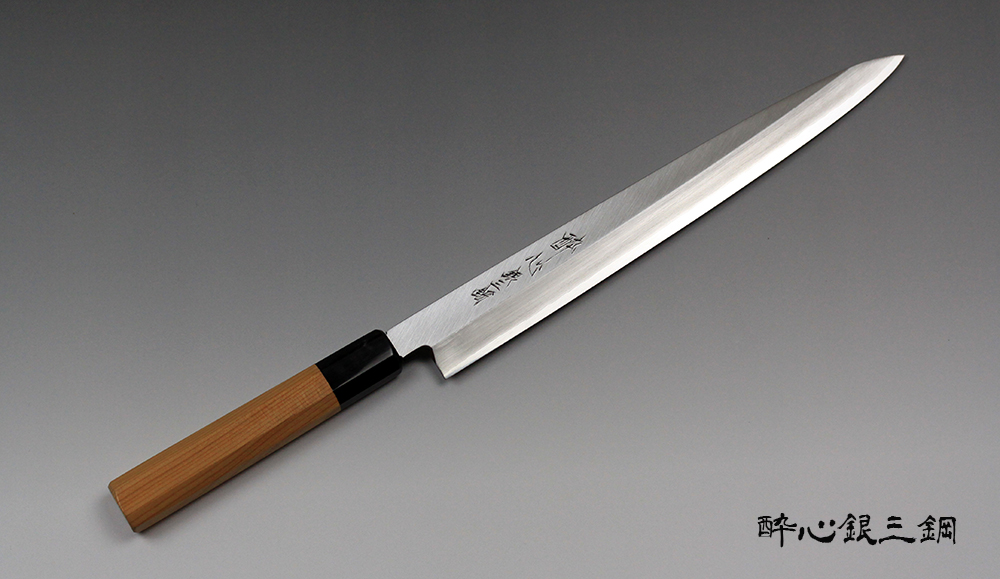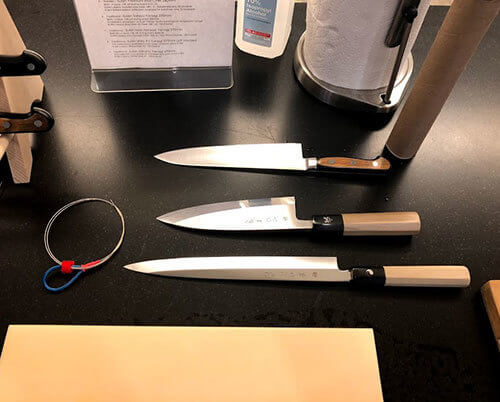Mastering the Art of Slow Sharpening: Unveiling the Secrets of Deliberate Blade Honing
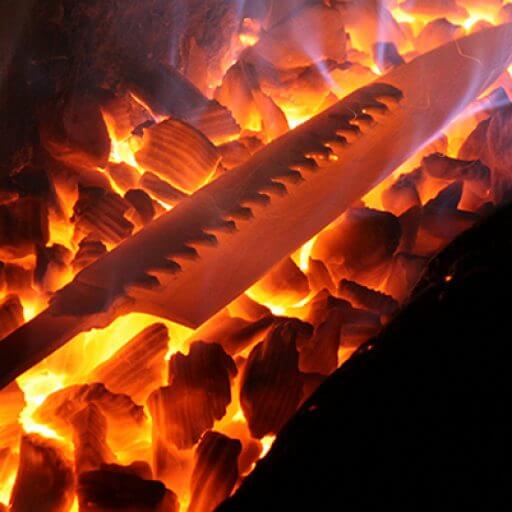
Today, I sharpened around 70 small blades of household knives. Despite being for home use, these knives have reached a considerable level of quality. With a bit more work, they could easily transform into professional-grade knives…
During the final edge alignment, I took a slow approach to sharpening the small blades. Instead of making quick swishing sounds, I pressed the edge firmly against the whetstone, creating a grinding sensation. It’s like copying the abrasive particles of the whetstone onto the blade edge.
While it may seem faster to move quickly, I found that taking my time and feeling the contact between the blade edge and the whetstone produced excellent results for the final sharpening. I sharpened by pressing on the front side and pulling on the back side to create sharp edges on both sides.
If I were to rush through the sharpening process, the blade might lose its sharpness, but by employing this technique during the final honing stage, the edges turned out exceptionally keen.
(Note: “Chipping” refers to the formation of small chips or roughness on the cutting edge of the blade.)
Personally, I feel that when I sharpen quickly, the grit of the whetstone seems to decrease. For example, using #1000 grit and sharpening rapidly gives me the impression of it becoming more like #1200 grit…
Has anyone else experienced something similar?
This time, I finished sharpening with an ultra-ceramic #3000 whetstone. I initially tried using “Kitayama” aiming for smoothness, but for household knives, a #3000 grit gives a nice cutting sensation.
In hindsight, I think even the “Kuromaku” #2000 grit might have been sufficient.
Below is advice I received from a Ph.D. at a certain university:
“When talking about sharpening in a blog, I do feel the same way. Slow sharpening can cause deeper scratches due to applying more pressure. On the other hand, fast sharpening can benefit from inertia, resulting in straight and clean finishing scratches. Also, when you sharpen slowly and lightly, it creates a different impression altogether.”
(Note: “Kuromaku” and “Kitayama” are different types of whetstones with different grit levels.)
- 2011-09-20
